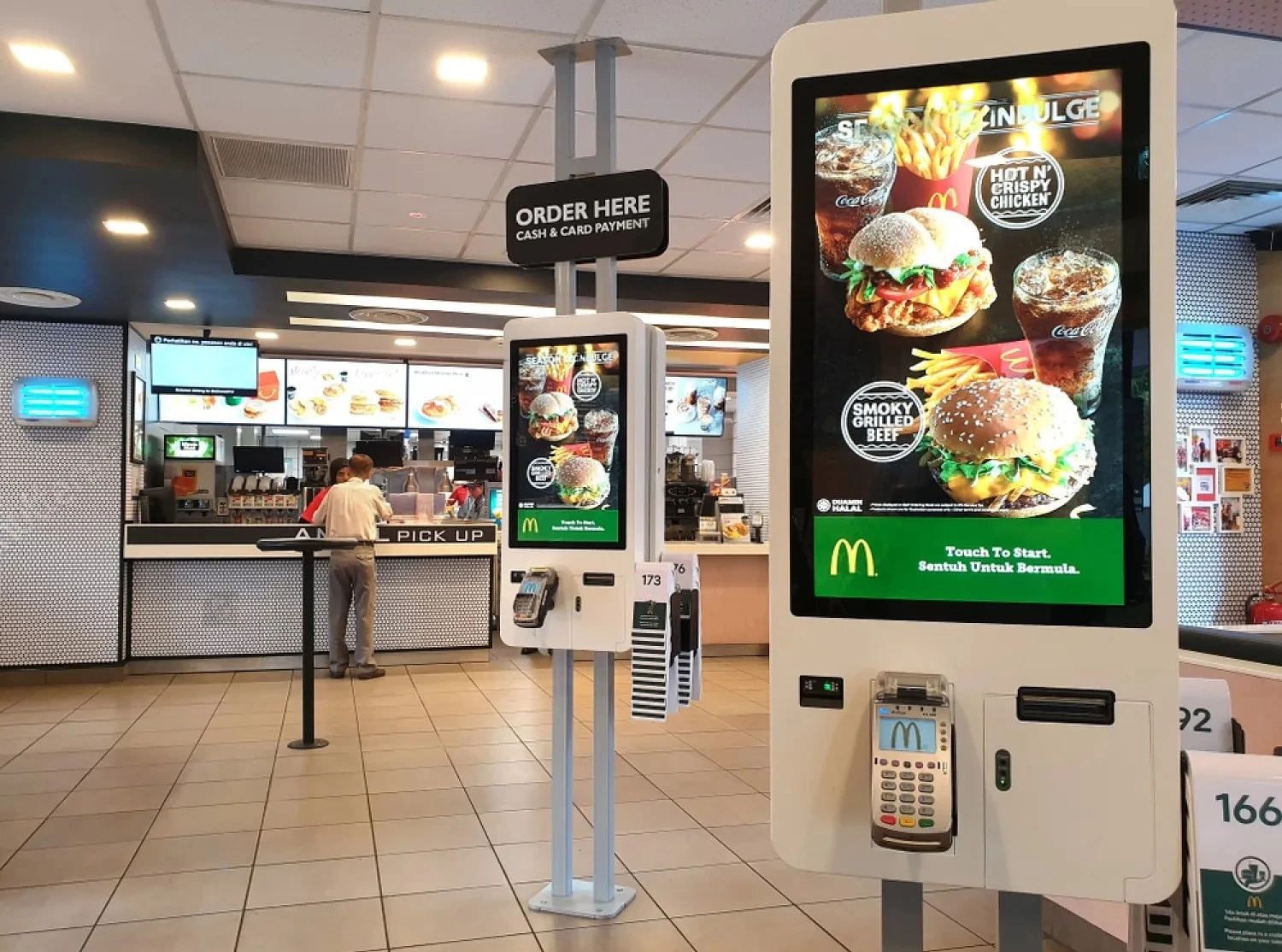Transforming the Dining Experience: The Rise of Digital Menu Boards in Restaurants

The restaurant industry is no stranger to innovation. From mobile ordering apps to contactless payment systems, technology has continually reshaped the dining landscape. One of the latest advancements gaining momentum is the adoption of digital menu boards. These dynamic displays are replacing traditional static menus, offering a host of benefits that enhance both the customer experience and operational efficiency. Let's explore how digital menu boards are transforming restaurants and why they are becoming an essential feature in the modern dining environment.
The Evolution of Menu Display
Traditional paper or chalkboard menus have been the norm for decades. However, these static displays come with limitations. They can be cumbersome to update, often requiring time and resources to make even the smallest changes. Seasonal dishes, special promotions, and price adjustments necessitate reprinting or re-writing, leading to waste and inefficiency.
Enter digital menu boards. These vibrant, electronic displays offer unparalleled flexibility and ease of use. With just a few clicks, restaurant owners can update their menus in real-time, ensuring that all information is current and accurate. This capability is particularly valuable for establishments with frequently changing offerings, such as farm-to-table restaurants or those featuring daily specials.
Enhancing Customer Experience
Digital menu boards are more than just a technological upgrade; they significantly enhance the customer experience. Here's how:
-
Visual Appeal: Digital displays can showcase high-resolution images of menu items, making dishes look more enticing and helping customers make informed choices. Visual appeal can play a crucial role in influencing purchase decisions.
-
Clarity and Readability: Unlike traditional menus that can become worn or difficult to read in dim lighting, digital boards offer clear, legible text and graphics. This ensures that all customers, including those with visual impairments, can easily see and understand the menu.
-
Interactive Features: Some digital menu boards for restaurants incorporate touchscreens, allowing customers to interact with the menu. They can filter items by dietary preferences, read detailed descriptions, and even place orders directly from the screen, streamlining the ordering process.
Operational Efficiency and Cost Savings
The advantages of digital menu boards extend beyond customer engagement. They also offer significant benefits for restaurant operations:
-
Ease of Updates: Updating a digital menu is quick and effortless. Whether it's changing prices, adding new items, or promoting special offers, all updates can be made instantly without the need for printing or manual labor.
-
Reduced Waste: Traditional menus often need frequent replacement due to wear and tear or changes in the menu. Digital boards eliminate this waste, contributing to a more sustainable operation.
-
Enhanced Marketing Opportunities: Digital menu boards can be used to display promotional content, upsell items, and highlight seasonal specials. This dynamic content can drive higher sales and increase average order value.
-
Data-Driven Insights: Many digital menu board systems come with analytics capabilities, providing valuable insights into customer preferences and sales patterns. This data can help restaurant owners make informed decisions about their menu offerings and marketing strategies.
Implementation Considerations
While the benefits of digital menu boards are clear, successful implementation requires careful planning. Here are a few considerations for restaurants looking to make the switch:
-
Initial Investment: The upfront cost of digital menu boards can be significant. However, many restaurant owners find that the long-term savings and increased revenue justify the initial expenditure.
-
Content Management: It's essential to have a robust content management system (CMS) in place to easily update and manage the digital menu. The CMS should be user-friendly and offer the flexibility needed to keep the menu fresh and engaging.
-
Technical Support: Reliable technical support is crucial to address any issues that may arise with the digital displays. Partnering with a reputable provider can ensure that any technical problems are resolved quickly to minimize downtime.
Conclusion
Digital menu boards represent the future of restaurant menus. They offer a sleek, modern solution that enhances the dining experience, improves operational efficiency, and provides valuable marketing opportunities. As the restaurant industry continues to evolve, digital menu boards are poised to become a standard feature, helping establishments stay competitive in an increasingly digital world. Embracing this technology today can pave the way for a more dynamic, efficient, and customer-centric dining experience tomorrow.
- Art
- Causes
- Crafts
- Dance
- Drinks
- Film
- Fitness
- Food
- Games
- Gardening
- Health
- Home
- Literature
- Music
- Networking
- Other
- Party
- Religion
- Shopping
- Sports
- Theater
- Wellness
- IT, Cloud, Software and Technology


